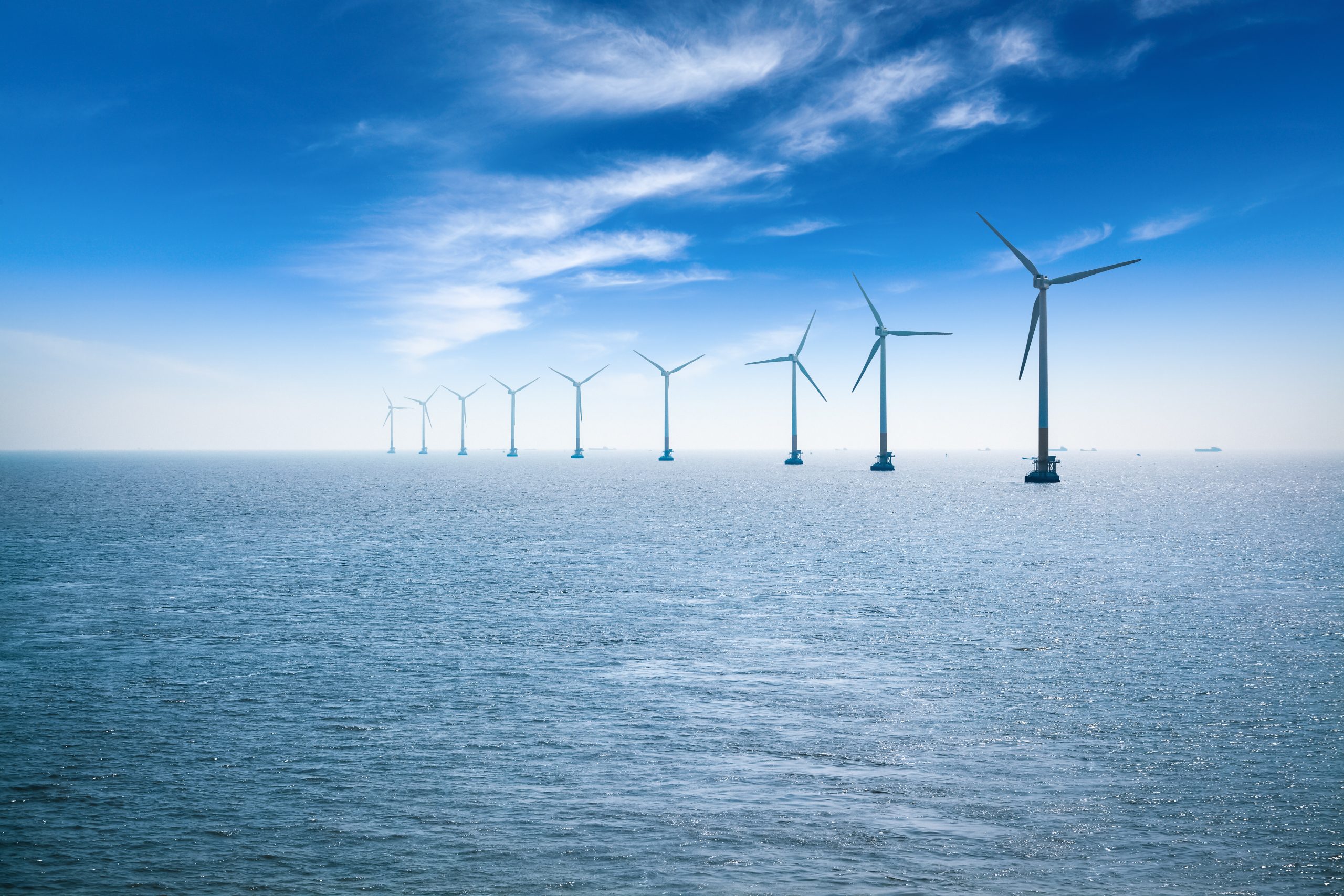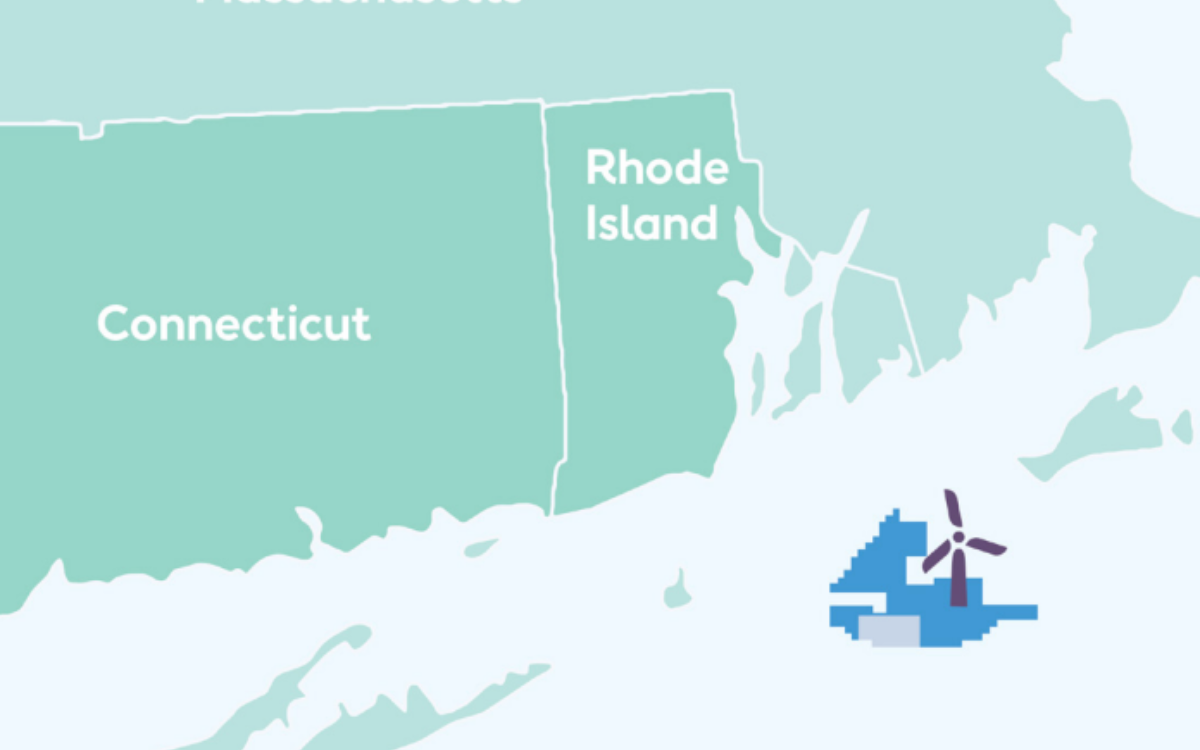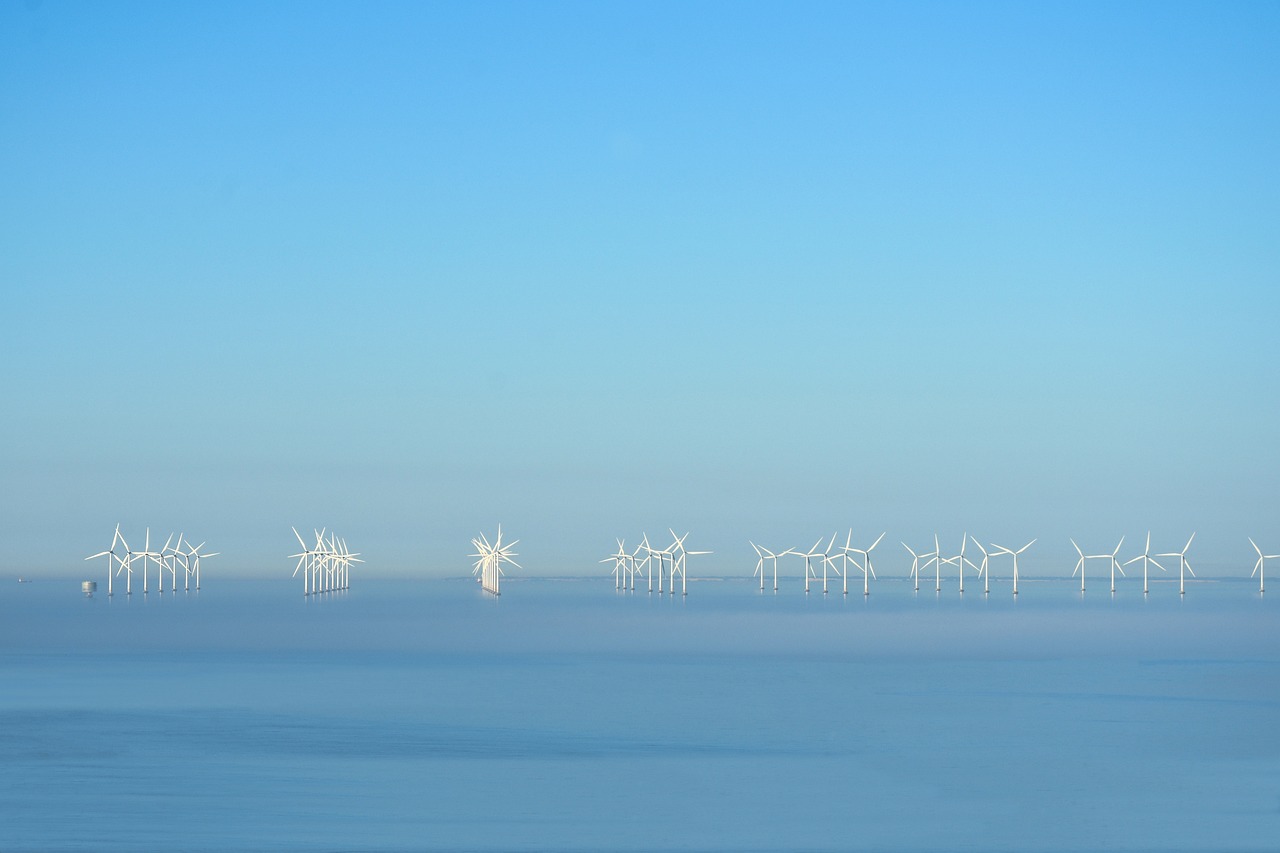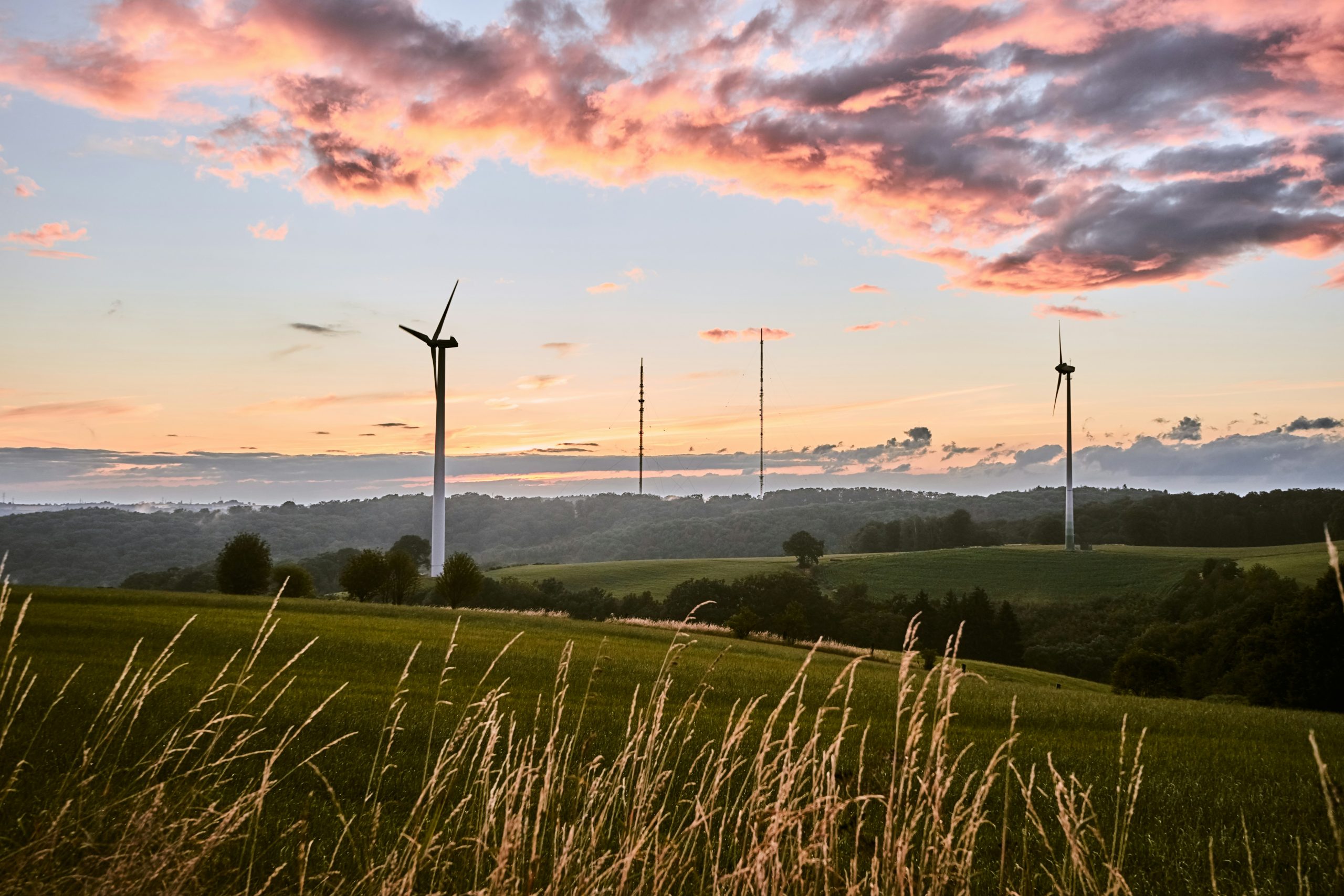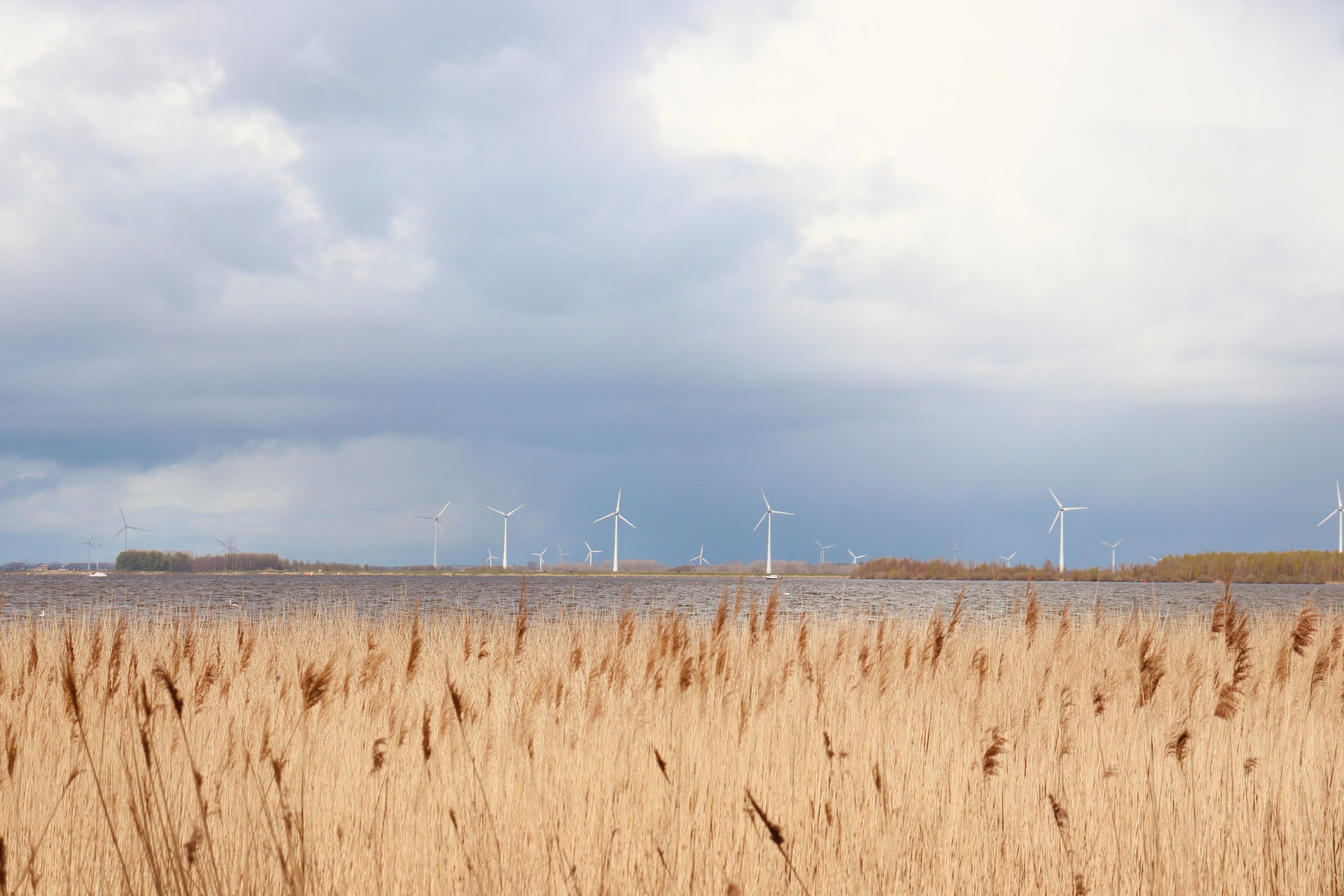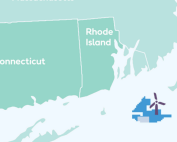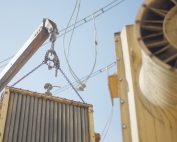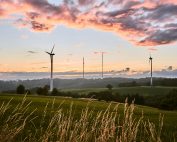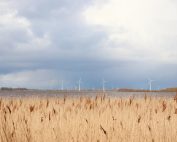Ignitis Renewables, an international green energy company, together with its strategic partner, Ocean Winds, will develop the first offshore wind project in Lithuania. This was announced by the National Energy Regulatory Council (NERC) after it finished the screening of the provisional winners regarding their compliance with national security interests.
It is estimated that the 700 megawatt (MW) wind farm, located in the Baltic Sea, could generate around 3 terawatt-hours (TWh) of green electricity per year, which would meet a quarter of Lithuania’s current electricity demand.
“The offshore wind farm we are developing is a significant step towards Lithuania’s energy independence. This project will significantly increase local electricity generation from renewable energy sources and, thus, ensure lower dependence on electricity imports. It is the largest energy project in Lithuania, which will be the first country from the Baltic states to have an operating offshore wind farm,” said Darius Maikštėnas, CEO at Ignitis Group.
According to D. Maikštėnas, as part of its National Energy Independence Strategy, Lithuania has an ambitious goal of covering 100 percent of its electricity needs using renewable energy sources. It is estimated that offshore wind will comprise the largest share of renewable energy sources.
Developing the offshore wind portfolio in Lithuania and the Baltic states is at the core of the updated Ignitis Group’s strategy. This achievement will significantly contribute Ignitis Group’s goal of reaching 4–5 GW installed renewables capacities by 2030.
Following the NERC’s announcement, Ignitis Renewables and partners must set up a joint company in Lithuania within a period of 3 months. The joint venture company will be responsible for managing and implementing the project. The company will be awarded the development and operation permit, granting the right to use the maritime area for electricity generation for 41 years.
A boost to the country’s economy
With billions in investments and new high-skilled jobs, the project will create favourable conditions for the economic development of the coastal region and the country in general.
Besides attracting private investors to Lithuania, creating new jobs, issuing additional orders to local businesses, the offshore development project will also bring benefits to coastal communities. The wind farm developer will be obligated to contribute to the budgets of nearby municipalities based on the electricity generated and supplied to the network, which is estimated to be around EUR 3 million per year.
Focus on protecting the Baltic Sea’s ecosystem during the project’s lifetime
The offshore wind farm will generate low-carbon energy and reduce emissions, so throughout its lifespan it will contribute to mitigating climate change and serve as an example of finding a balance between environmental efforts and clean electricity generation.
To achieve this, Lithuanian and international experts will be consulted throughout all development stages of the project (planning, impact assessment, construction, operation and decommissioning). Additionally all necessary measures will be employed to minimise the impact on birds, sea creatures and their habitats as well as the entire ecosystem of the Baltic Sea.
About the offshore wind project
The maritime area in the Baltic Sea designated for the first offshore wind farm is approximately 120 km2. It is at least 37 km away from the shore, and approximately 60 km away from the Port of Klaipėda. The depth at the maritime area ranges from 28 to 48 metres, and the average annual wind speed there is around 9–10 m/s. The number of wind turbines to be erected there will range from 35 to 50, with a maximum height of around 300–350 metres. These parameters will depend on the findings of studies, the environmental impact assessment, adopted technologies and other conditions.
Offshore wind is much more efficient and reliable for generating electricity compared to onshore wind. At sea, the wind is not obstructed by natural barriers such as trees, mountains or buildings. This makes electricity generation more efficient and reliable. Offshore wind is an especially reliable energy source as green electricity can be generated even when wind speed on the shore seems low.
Based on the currently available information, the capacity, location of the wind turbines, their distance from the shore as well as the sea depth are all suitable for wind energy development and corresponds to the scope and conditions of other offshore wind farm projects in Europe.
Source: Ignites Renewables
